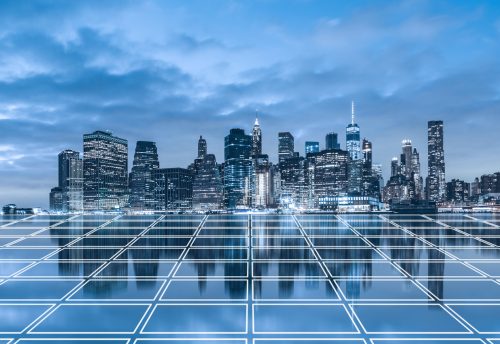
Article | 2010
Achieving Radically Energy Efficient Retrofits: The Empire State Building Example
In order to avoid reaching unsustainable levels of atmospheric greenhouse gas (GHG) concentrations, we must reduce GHG emissions by 75% by 2050. “Deep” commercial building retrofits are an essential part of the solution. A “deep” retrofit is (1) a package of integrated, whole-building energy efficiency measures that (2) is coordinated with planned equipment replacement and that (3) optimizes cost and GHG reductions. Developing deep retrofits requires changes to the typical approach to building retrofits (which generally result in only ~15–30% energy savings). This paper highlights differentiators between the Empire State Building retrofit process and the typical approach to retrofits. These differentiators are likely not the precise or only changes needed to the typical retrofit process; however, they form a starting point for driving greater energy savings in building retrofits. This article or paper was published in ASHRAE Transactions, 2010, vol 116, part 2. Copyright 2010 American Society of Heating, Refrigerating and Air-Conditioning Engineers, Inc. Reprinted by permission at www.rmi.org. This article may not be copied and/or distributed electronically or in paper form without permission of ASHRAE. For more information about ASHRAE Transactions, visit www.ashrae.org.